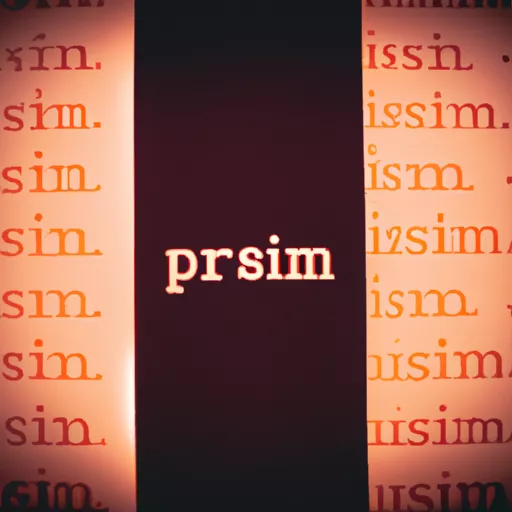
The art of typography is one of the most important aspects of web design, defining the aesthetics and influencing the perception of content on websites. Typography, or the art of conveying text, plays a key role in creating a unique style and atmosphere for a website.
Web designers must consider not only the visual aspects of a website, but also the textual content. Quality content with clear and easily readable typography contributes to better information perception and increases the likelihood of users staying on the website.
Types of Fonts
Web designers have access to a wide variety of different fonts that they can use on websites. Some can be found on Windows or MacOS operating systems, while others can be downloaded from various resources.
The main types of fonts are:
- Serif fonts, such as Times New Roman, have additional projecting elements (serifs) at the ends of letters. They are usually used for texts because they provide good readability.
- Sans-serif fonts, such as Arial or Verdana, do not have serifs and are often used in headings or subheadings as they look more modern and stylish.
- Italic fonts, such as Italic or Cursive, have a slanted or italic form. They are usually used to emphasize text or create accents.
Choosing a Font
When choosing a font for a website, the designer must consider several important factors:
- Readability: the font should be easily readable on different devices and screen sizes. Too small or narrow fonts may create difficulties in reading text.
- Style: fonts should correspond to the overall style of the website and convey its uniqueness. For example, more beautiful and sophisticated fonts would be suitable for a website about fashion or art.
- Compatibility: fonts should be available on different devices and browsers so that users see the content as the designer intended. Some fonts may be displayed incorrectly on certain devices, so the web designer must carefully check compatibility.
Font Pairing
Web designers typically use two or three fonts on a website: one for headings and subheadings, and another for the main text content.
Popular font pairings include:
- A serif font for headings and a sans-serif font for main content. This combination creates competition and balance between the headings and regular text.
- Two different sans-serif fonts: one for headings and another for main content. This combination creates clear differentiation between different parts of the website.
- An italic font for emphasizing accents and a regular font for main content. This combination attracts attention and highlights important parts of the content.
Text Styling
In addition to choosing a font, web designers must consider other aspects of typography when styling text on a website:
- Font size: the font size should be large enough for users to easily read the text on different devices.
- Line spacing: optimal line spacing helps readers perceive the text more easily and prevents fatigue while reading.
- Alignment: text can be aligned left, right, center, or justified. The web designer should choose the most suitable option depending on the website's characteristics and their preferences.
However, it is important to remember that beautiful typography cannot be the sole main feature of a website. It should be combined with other design elements, such as colors, images, and composition, to create an organic and harmonious overall image.
Conclusion
Typography in web design plays a key role in creating a unique aesthetic and perception of content. The choice of fonts, their combinations, and text styling all influence the overall appearance of a website and the level of readability of information.
Web designers need to carefully consider font choices and text styling to create a pleasant visual experience for users and help them easily read and absorb information.
Proper typography not only helps make a website beautiful and aesthetic, but also enhances its functionality and effectiveness.


